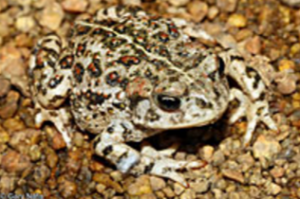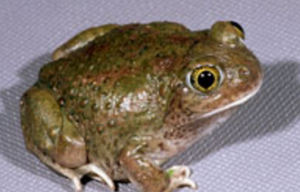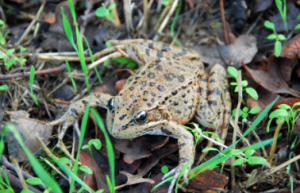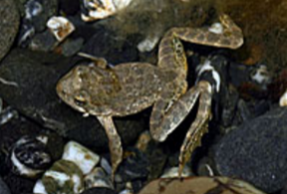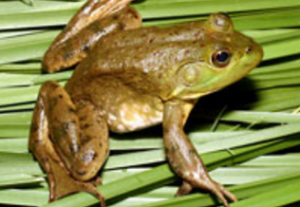By Stephen Downs, Caleb Gurman, and Gavin Mitchell —
COARSEGOLD — “When we save the frogs, we’re protecting all our wildlife, all our ecosystems and all humans.” — Dr. Kerry M. Kriger, Save the Frogs.
We are studying our local frogs and toads. Shouldn’t we all know about the frogs in our community and how we can help? We believe our community should be educated about the local frogs and toads, their habitats and threats, and how to save them. Please help us find out which frogs and toads are here in our community and area. Complete the Frogs of Coarsegold survey here.
The Sierran Treefrog (Pseudacris sierra) is one of the most common frogs in our community.
The Sierran Treefrog is 0.75”- 2” long. It has a large head, large eyes, a slim waist, and round pads on toe tips. It also has a smooth moist skin. The color of the skin is a green, tan, brown, gray, reddish, cream.
An interesting fact about the skin is that it can change quickly from a dark to light color.
The Sierran Treefrog has no current threats.
The California Toad (Anaxyrus boreas halophilus) is common in most of California.
It is tan, brown, gray, or yellow in color. It is 2”- 5” long. It has rusty warts. It does not always live near lakes, ponds, or rivers. It has concerns of being endangered.
Loss of habitat is part of the reason the California Toad is threatened.
The Western Spadefoot Toad (spea hammondii) is common to California but there are some pockets of land, including the mountain area, where there are no spadefoot toads.
It looks similar to the California toad. It doesn’t always live by lakes and rivers. It likes to come pretty far out of the water.
It has a couple of different threats. Continual road construction is destroying their habitat and the American Bullfrog eats them. The American Bullfrog eats almost anything!
Be gentle if you see the California Red Legged Frog (Rana draytonii) because it is on the endangered list.
The California Red Legged Frog is 1.7”- 2.5” long.
It has long red legs and tan smooth skin. Its other colors are red and green.
Some of its threats are the American Bullfrog, frog hunters, pollution, habitat loss, and introduced fish.
The Foothill Yellow Legged Frog (Rana boylii) is struggling to survive.
The adults are 1.5”- 3.2” long. They live in rocky streams, rivers, and pools.
It eats spiders, snails, and grasshoppers. It is losing places to live. The crayfish and bullfrogs compete for food and eat them.
The threats to this frog are the American Bullfrog, pesticides, and habitat loss.
The American Bull Frog (Lithobates catesbeianus or Rana catesbeiana) is not a native frog to this area.
It was brought to California in the 1800’s during the Gold Rush because the miners wanted bigger frog legs to eat.
The American Bullfrog is the largest native frog to North America. It can turn colors from light green to dark olive green. It can range from 3.5”- 8” long. It inhabits warm and sunny permanent lakes, ponds, reservoirs, and marshes.
These frogs are not endangered. It actually eats other frogs, such as the Red legged frog. American Bullfrogs have endangered frogs that are native to California.
Pictures included in this article and the information above can be used for identification of our local frogs.
Take the survey: Frogs of Coarsegold
Stephen Downs, Caleb Gurman, and Gavin Mitchell are John Muir Academy students at Yosemite Falls
References:


